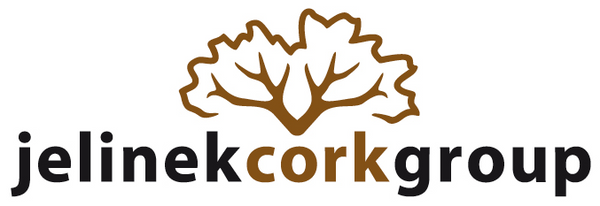About Cork
Cork - A Natural, Renewable Resource
What Is Cork and What Makes It Sustainable?
Cork is the outer bark of the cork oak tree (Quercus suber), a remarkable species native to the Mediterranean. The bark of this tree — also known as suberose parenchyma — is a natural, renewable material that can be harvested without harming the tree.
Each cork oak begins producing usable cork bark after about 20 years. Once harvested, the bark regenerates and can be harvested again every 9 to 10 years. This sustainable harvesting process continues for the tree's lifetime — up to 200 years — making cork an ideal eco-friendly material for flooring, insulation, and more.
When a mature tree is removed, two new saplings are planted to ensure forest expansion. Cork oak forests also regenerate naturally through acorns, contributing to a healthy ecosystem and long-term supply.
Cork products contribute significantly to the LEED (Leadership in Energy and Environmental Design) Green Building Rating System. As a 100% natural, recyclable, and renewable material, cork is a top choice for sustainable design.
Learn More About Cork and Jelinek Cork Group
For more in-depth information about the cork, the cork industry and its environmental benefits, visit the Jelinek.com .
Learn more About Jelinek Cork

Harvested cork tree in a sustainable cork forest
